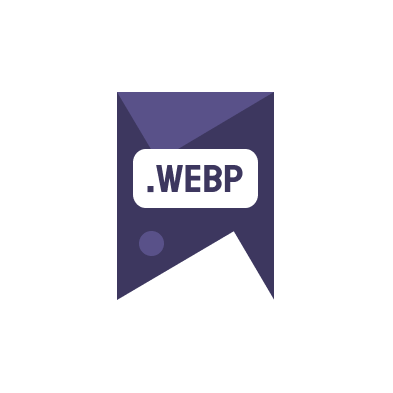Understanding the relationship between WebP and UX and the pivotal role it plays in website performance is key to optimizing your online presence. This article will explain why and how transforming your image format to WebP using tools like image to webp online free can significantly enhance your site’s load speed and, as a consequence, improve user engagement and conversions.
What is WebP?
WebP is a modern image format that provides superior lossless and lossy compression for images on the web. Developed by Google, WebP is designed to make web pages faster by making image files smaller without sacrificing quality. With the increase in web usage and image-heavy content, adopting WebP could be a game-changer in enhancing user experience (UX).
How Does WebP Improve UX?
- Increased Page Speed: Faster page loads keep users engaged.
- Enhanced Visual Quality: WebP offers better compression technology which means high-quality images with smaller file sizes.
- Reduced Bandwidth Usage: Smaller image file sizes mean less bandwidth is consumed, which is particularly advantageous for users on limited data plans.
In today’s digital age, your website’s performance is closely tied to its UX and overall conversion rates. By incorporating WebP, you’re not only speeding up load times but also enhancing visual representation without bogging down the user’s device.
Impact on SEO and Conversions
WebP and UX together make a significant impact on SEO as Google’s algorithms favor websites with faster load times and better user experience. This directly influences your site’s visibility and organic traffic, which in turn boosts conversions. Consequently, understanding the interplay between image optimization and site performance can yield substantial benefits for your business.
For those looking to convert their current image assets, tools like Image to webp online free offer a straightforward solution. Moreover, ensuring your website loads efficiently is essential, and resources like PageSpeed Insights by Google provide valuable insights and recommendations to improve your website’s speed.
Case Studies and Real-World Examples
To illustrate the effect of WebP on user experience and conversions, consider the following real-world examples:
- A major e-commerce site switched to WebP and saw a 10% improvement in page load times, leading to a 12% increase in conversion rates.
- A popular online news portal implemented WebP and reduced their bounce rate by 15% while also increasing page views per session by 20%.
These examples underline the potential of optimizing your images to enhance both the user experience and your website’s SEO performance.
As digital landscapes evolve, staying ahead with technologies like WebP not only supports your SEO strategy but also provides a boast-worthy user experience that can lead directly to higher conversion rates.

